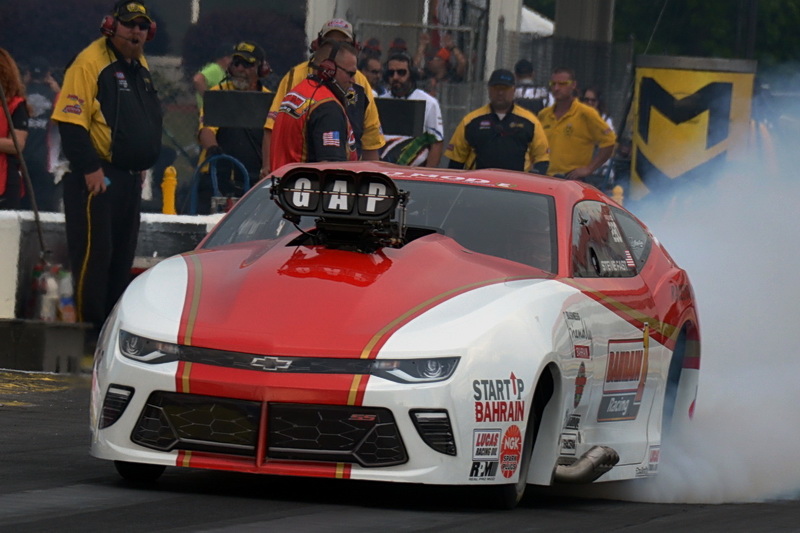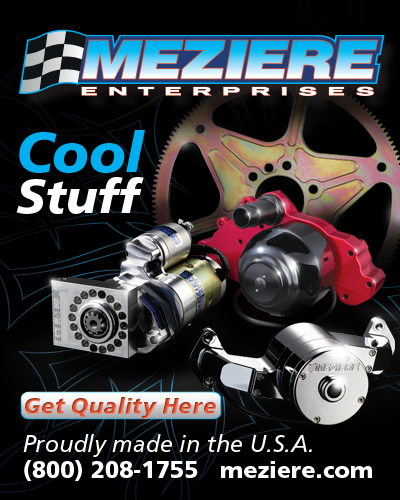NHRA'S NEWEST PRO MODIFIED ADJUSTMENTS INTENDED TO INCREASE PARTICIPATION
 NHRA plans to bolster their Pro Modified car counts in 2022 by adjusting their rules package, making participation more inclusive.
NHRA plans to bolster their Pro Modified car counts in 2022 by adjusting their rules package, making participation more inclusive.
Maintaining parity in a two power adder class was once considered a daunting task for Pro Modified rule-makers.
When the 21st season of NHRA Pro Modified kicks off at the NHRA Gatornationals in Gainesville, Fla, it will do so with six power adder variations. The newest addition will be a variation to the current roots supercharged combination.
In the fall of 2021, NHRA announced the screw supercharger would be available for use. NHRA's National Tech Director Lonnie Grim told CompetitionPlus.com the addition of the screw supercharged combination was one inspired to allow more racers to compete in NHRA.
"As we continue to forge forward and want the opportunity to have new customers come experience NHRA Pro Mod racing," Grimm said.
The whole plan, according to Grim, was to allow those who have considered racing NHRA but dismissed the notion because of the excessive cost of converting to one of the existing combinations.
The screw [C Rotor] supercharged entries must adhere to the SFI Spec 34.1, with the restraint system meeting SFI spec 24.1. This combination will run at a 75-percent overdrive.
Stevie "Fast" Jackson, one of those Pro Modified racers expected to try the screw supercharged combination, said he's taking a "wait-and-see" approach.
"I am running a roots [supercharger], unless [screw supercharger] shows to have an advantage," Jackson said. "I plan to do some testing with it for sure."
Later this month, Jackson confirmed he will run the screw supercharged combination at the upcoming U.S. Street Nationals in Bradenton, Fla..
The screw supercharged entries will run 2,740 pounds, 200 pounds heavier than the nitrous-injected cars.
NHRA has made other concessions to increase participation, including weight breaks for certain nostalgia body styles. For instance, the 1937-1938 Chevy, 1941 Willys, 1949-50 Mercury, 1953 Studebaker, 1953-1962 Corvette, 1955-1957 Chevy, Buick, and 1968- 1972 Chevelle can run 50 pounds lighter.
Grim confirmed NHRA has made adjustments to the driver cockpit and main shut-off switch requirements. A full explanation of those rules can be found HERE.
Grim said converting a car legal for an alternate Pro Modified series to the NHRA was often a prohibitive expense.
"There were big requirements before that tended to create a lot of cost to even just try to come over, that'd be like, saying, 'Hey, we got the best steak in town, but you have to wear a tuxedo.
"We want you to be able to come dressed business casual."






































